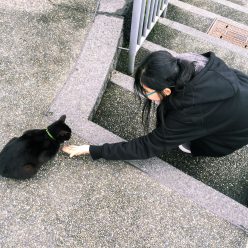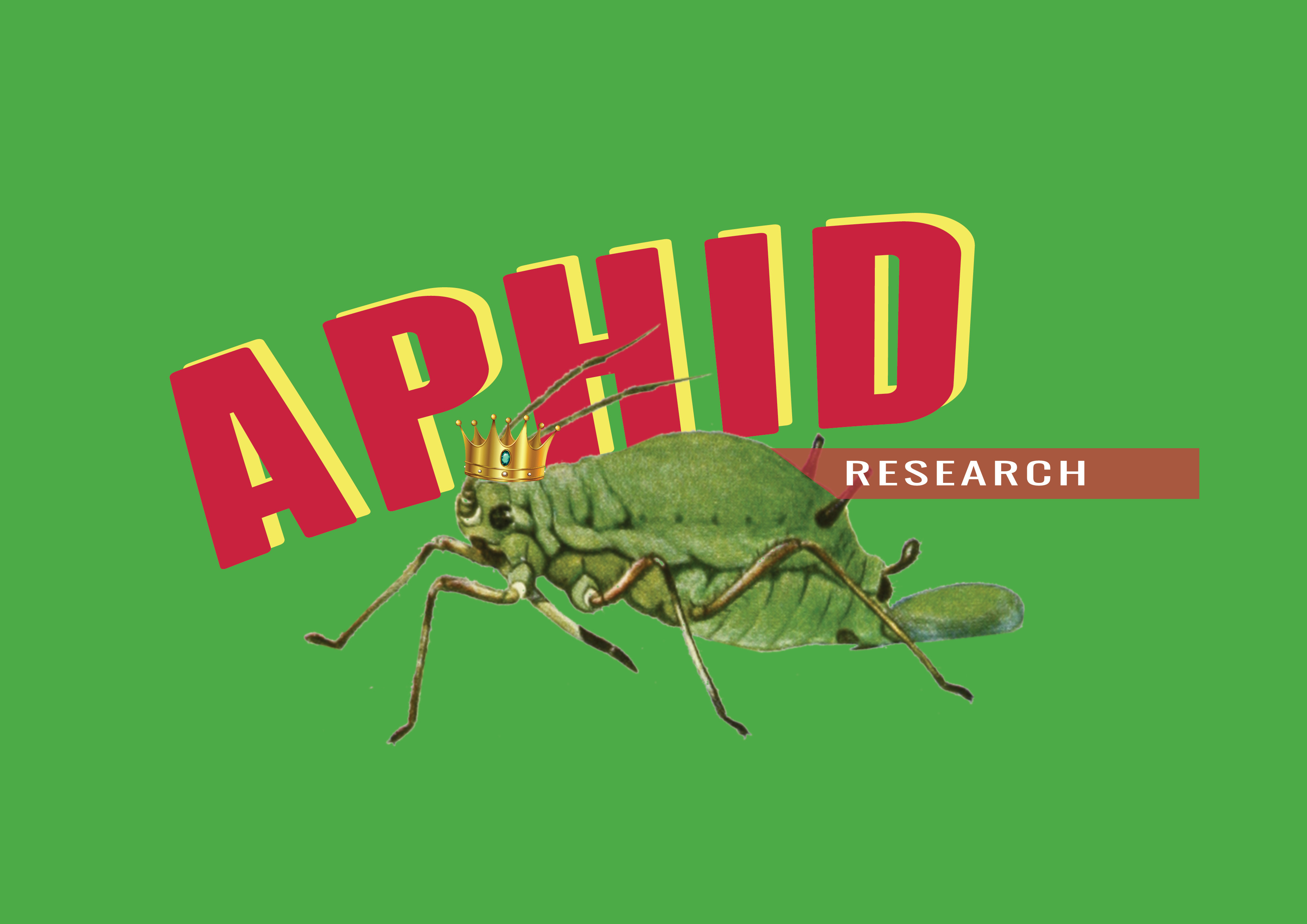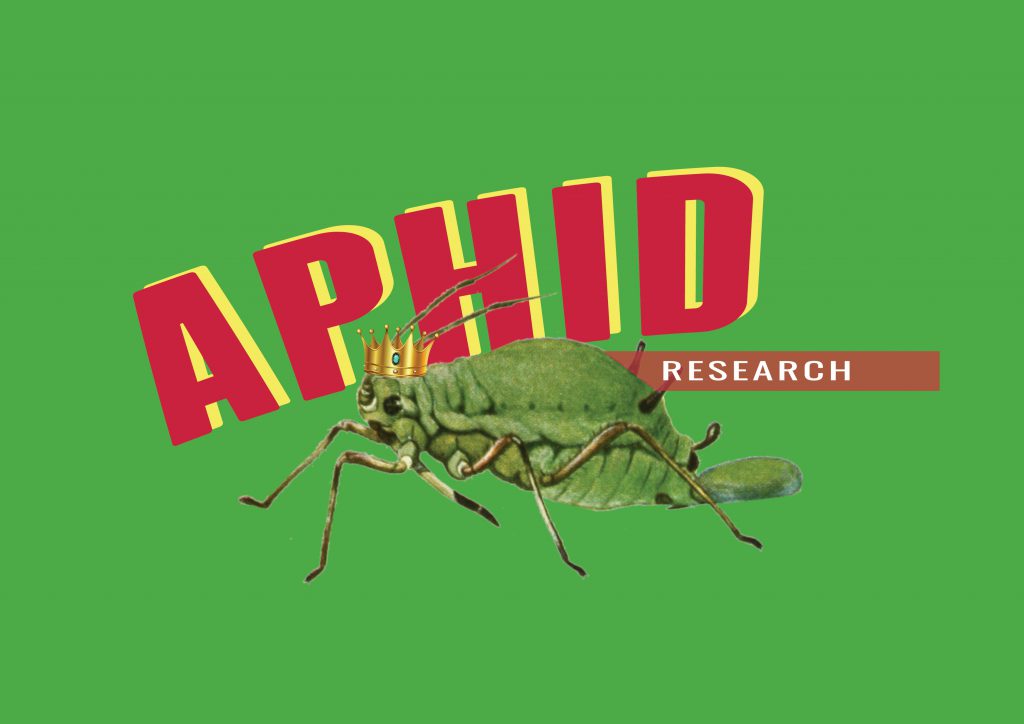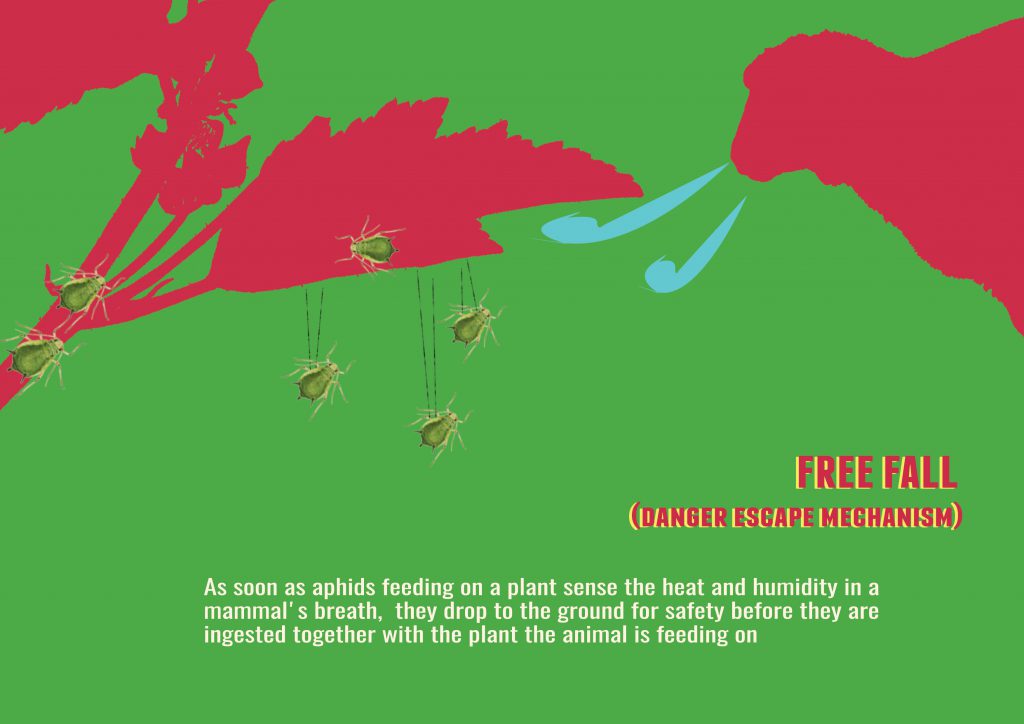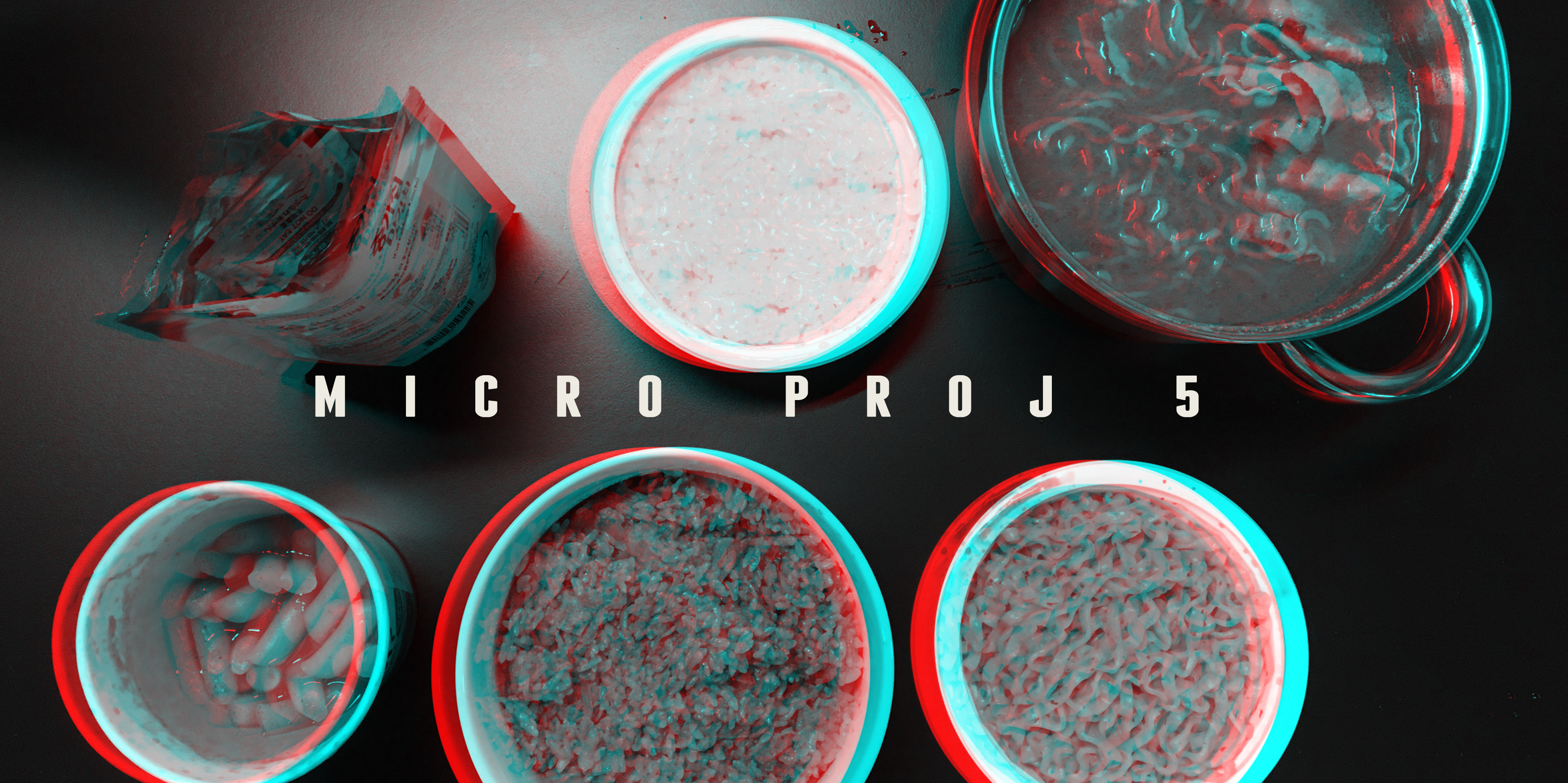ANATOMY
ANT x APHID
The relationship between aphids and ants is symbiotic in that both receive some benefit from the arrangement.
Aphids are also known as plant lice, they are very small sap-sucking insects that collect the sugar-rich fluids from host plants.
Aphids consume large quantities of a plant to gain adequate nutrition. They then excrete equally large quantities of waste, AKA honeydew, which in turn becomes a sugar-rich meal for ants.
The ants care for and protect the aphids from predators and parasites for the honeydew excreted by the aphids.
Some ants are so hungry for the aphid honeydew, that they will “milk” the aphids to make them excrete the sugary substance. The ants stroke the aphids with their antennae, stimulating them to release the honeydew. Some aphid species have lost the ability to excrete waste on their own and depend entirely on caretaker ants to milk them.
WINGLESS APHIDS
While it appears the ants are generous caretakers of aphids, ants are more concerned about maintaining their steady honeydew source than anything else.
Aphids are almost always wingless, but certain environmental conditions will trigger them to develop wings.
If the aphid population becomes too dense, or food sources decline, aphids can grow wings to fly to a new location. Ants, however, do not look favorably upon losing their food source.
Ants can prevent aphids from dispersing. Ants have been observed tearing the wings from aphids before they can become airborne. Also, a recent study has shown that ants can use semiochemicals to stop the aphids from developing wings and to impede their ability to walk away.
FREE FALL – DETECTING DANGER
As soon as aphids feeding on a plant sense the heat and humidity in a mammal’s breath, they drop to the ground for safety before they are ingested together with the plant the animal is feeding on.
